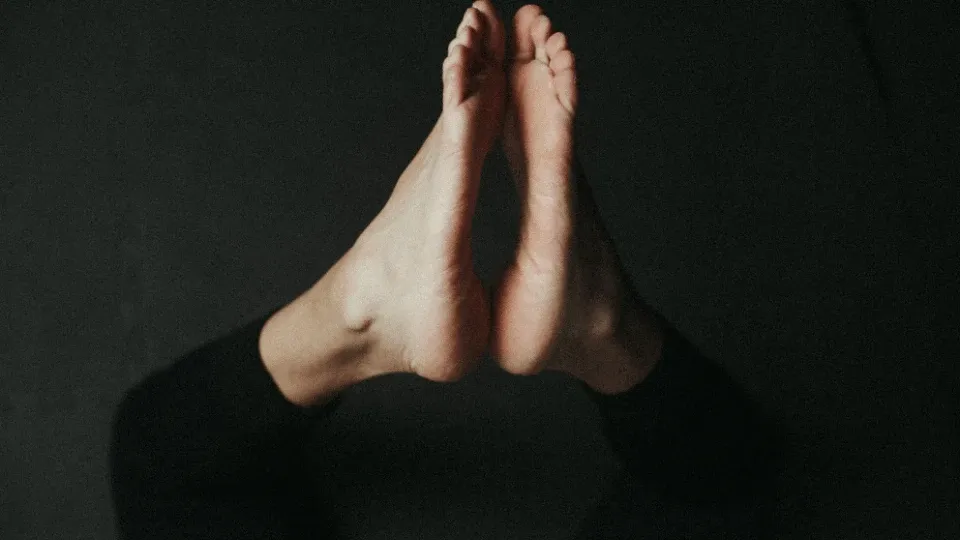Weber-Fechner, NeuroMovement®, and the Art of Effortless Learning
Oct 24, 2024
I received an interesting question from a student this week . We were discussing one of the key ideas in NeuroMovement®: “Reduce the Effort.”
For a recovering perfectionist, this concept can be tough to grasp. How do you find the balance between too much effort and too little? As my student said, “Reducing effort is hard because effort is a learned behavior. I don’t deliberately do less—I’m still focusing on the outcome (like touching elbow to knee) instead of the sensation of the movement.”
This is a common challenge. But reducing effort is key, and it ties directly into the Weber-Fechner law, which offers an intriguing perspective on how our brains perceive effort and change. Let’s dive into the science for a moment.
What is The Weber-Fechner law?
The Weber-Fechner law explains that our perception of changes in stimuli—whether it’s sound, weight, or effort—is relative, not absolute. For example, if you hold a light object and add a small amount of weight, you’ll notice the difference. But if you hold something heavier, adding the same amount may go unnoticed. Our sensitivity to change decreases as the intensity increases.
In NeuroMovement®, we’re trying to do the opposite of what weightlifters do—while they leverage this desensitization to gradually lift heavier weights, we are sensitizing ourselves to notice smaller, more refined movements, not pushing for more force.
Many of us have learned to equate more effort with better results. We’ve trained our brains to believe that achieving a goal—like touching your elbow to your knee—requires more energy. But, just like the Weber-Fechner law shows, when we reach a certain effort threshold, we stop noticing the finer details. We become numb to the subtle sensations that are crucial to refining our movements.
Why is reducing effort so challenging?
Effort, in a way, becomes a habit. It’s common to focus on achieving the outcome instead of the sensory experience of getting there. In NeuroMovement®, however, the goal is to shift focus from the result to the process. As my student put it, when he stops focusing solely on the result and starts exploring the movement, he begins to wonder, “What am I supposed to discover?”
By reducing effort, you open yourself up to choices you might not have noticed before. Instead of striving for a particular result, you start engaging with the subtle sensations in your body. Lowering your effort, much like turning down the volume on a radio, allows you to perceive those quieter, finer details. That’s how the Weber-Fechner law applies: less effort allows you to become more sensitive to changes and sensations.
But this leads to another question: If I reduce effort, how do I know what’s “enough”?
If you’re trying to walk better, play tennis, or speak more clearly, what’s more important—effort or skill? The goal of NeuroMovement® is to develop skillfulness rather than rely on brute effort. High-level athletes, artists, and musicians know the secret: skillful, well-organized movement requires less effort, not more. They learn to conserve energy so they can last longer and perform with precision and ease. It's what they practice when they practice.
This is the beauty of learning through movement. By reducing effort, you’re not just doing less—you’re giving your brain more information. Free from the tunnel vision of achieving a result, your nervous system can explore different possibilities. You start to feel new sensations, notice tiny adjustments, and discover options you weren’t aware of before.
With NeuroMovement®, Less is More
And here’s the key: the more organized your movements become, the less effortful they feel. Well-organized movement feels easy. This is what we’re learning through NeuroMovement®. It’s not about pushing harder to achieve results—it’s about refining your movement so that you can do more with less effort. As you align your body and movements more harmoniously, what once felt difficult becomes almost effortless.
As Moshe Feldenkrais famously said: “Make the impossible possible, the possible easy, and the easy elegant.” That’s the essence of learning through movement. By reducing effort and refining how you move, you move from struggle to ease, and ultimately, to a sense of elegance and fluidity.
So next time you’re learning a movement, consider reducing your effort. You might find that by turning down the intensity, your body and brain will speak to you in ways you haven’t noticed before. And that’s where true learning begins.



